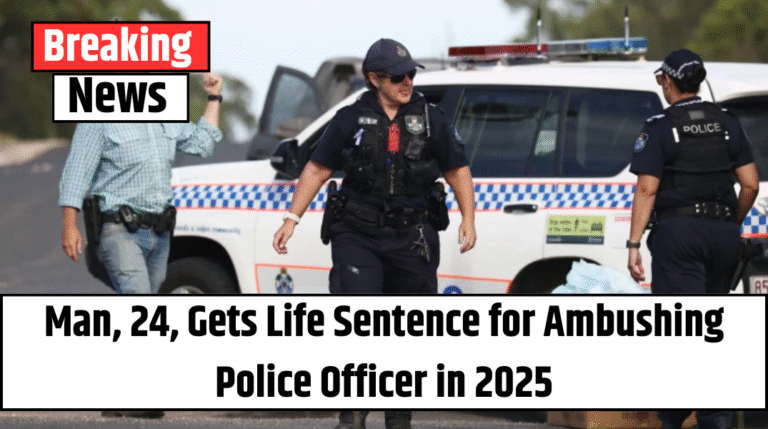23 Arrested in Major Texas Drug and Money Laundering Operation
In a sweeping operation across Texas, federal authorities have arrested 23 individuals in connection with a vast network accused of drug trafficking, weapons distribution, and laundering millions in illegal proceeds. The bust—announced by the Drug Enforcement Administration (DEA) Houston Division—underscores the scale and complexity of organized crime in the state’s southern corridor.
Operation Targets Drug, Gun, and Financial Crimes
The coordinated sting took place during the week of June 18, 2025, and spanned multiple regions, including Houston, Galveston, and the Rio Grande Valley. The suspects are believed to be part of an intricate criminal network responsible for moving:
-
Over 170 kilograms of cocaine
-
Approximately 2,000 kilograms of methamphetamine
-
More than 100 firearms
-
And laundering $3 million in illicit funds
The severity of the crimes means several defendants face potential life sentences for major narcotics violations. Others charged with money laundering could serve up to 20 years in federal prison.
Also Read – Elderly Victim Carjacked in Galveston; Suspect Caught After Webster Chase
Operation Names and Collaborators
This large-scale enforcement effort was conducted under three investigative initiatives:
-
Operation Red Ranger
-
Operation Borrowed Time
-
Operation Resurrection
The operations were executed by the Organized Crime Drug Enforcement Task Forces (OCDETF)—a collaborative inter-agency effort that brings together federal, state, and local law enforcement to dismantle high-level criminal enterprises.
Understanding Money Laundering: The Criminal Art of Cleaning Dirty Cash
While it sounds like something out of a TV drama, money laundering is a very real and dangerous financial crime. It allows criminals to disguise the origins of money earned through illegal activity—such as drug trafficking or fraud—by making it appear as if it came from legitimate sources.
There are three main stages of money laundering:
-
Placement – Illegally obtained cash is introduced into the financial system.
-
Layering – The money is moved through multiple transactions to obscure its origin.
-
Integration – The “cleaned” funds re-enter the economy, often through real estate, business investments, or shell companies.
The Six Common Methods Criminals Use to Launder Money
Here are some tactics authorities watch for:
-
Smurfing: Breaking large sums into smaller deposits across numerous accounts.
-
Cross-Border Smuggling: Physically transporting cash to deposit in foreign banks.
-
Commodity Purchases: Buying gold, gems, or other valuable commodities.
-
High-Value Goods Flipping: Purchasing and reselling expensive items like cars or boats.
-
Gambling Transactions: Using casinos to place bets, cash out, and legitimize funds.
-
Shell Companies: Fake or inactive businesses used as fronts for financial activity.
💡 Fact: Shell companies played a major role in the Panama Papers scandal, exposing how global elites stashed money offshore.
What Makes This Case Unique?
The multi-pronged nature of this operation makes it stand out. It wasn’t just a drug or gun bust—this case weaves together trafficking, weapons dealing, and sophisticated financial schemes. Investigators had to unravel a trail of both physical evidence and financial manipulation, a challenge made even more complex by international money transfers and encrypted communications.
Also Read – Galveston’s Pride Center Offers Supportive Space for LGBTQ Individuals
Final Thoughts: Crime Might Pay… Until It Doesn’t
This major DEA operation serves as a reminder that even the most elaborate criminal schemes are vulnerable to exposure. With growing technology and stronger inter-agency coordination, law enforcement agencies are cracking down harder than ever on organized crime.
So next time you hear the term “money laundering,” remember: behind every hidden dollar is a web of lies—and a task force watching closely.







